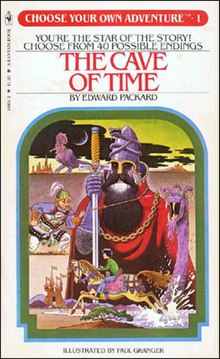
In most video games, developers make use of the surroundings, or the environment in order to enhance the storyline of the game. Many games also rely on environments to weave in information about the narrative within the mise-en-scène. While, there are many video games which contain well-crafted environments, I wanted to highlight a game which had particularly memorable set dressings: The Last of Us. The game takes place in a post-pandemic, post-apocalyptic world in which a virus, known as the Cordyceps Brain Infection, has turned much of the population into fungal zombies known as the “Infected.” As the player, you follow co-protagonists, Joel and Ellie as they traverse across America.

The world of The Last of Us — as expected of any post-apocalyptic world — is appropriately filled with overgrowth and decay and wreckage. However, that’s the norm for environments in games within this particular sub-genre. What sets the environments of The Last of Us apart are the minute, easily overlooked details which combine to deepen the worldbuilding of the game and make the world feel richer and almost lived in, in a way.
Exhibit A:


These images depict pieces of graffiti that were located in areas that the player could easily skip through. However, as insignificant as these scribbles might seem, I believe that it does add depth to the narrative. It’s a reminder that people will be people while highlighting the human need to leave a mark; to be remembered, even during crises like a zombie apocalypse. Furthermore the fact that you could easily find the same words scrawled on any real life bathroom wall adds to the authenticity of the game and is an example of how the world of The Last of Us feels peopled.
.
…………………………………………………………………………………………………………………………………………………….
Exhibit B:


When it comes to environmental storytelling, the devil is in the details. In a game like this of course it’s important to show the large scale neglect and decay that would accompany a zombie outbreak, but the more minute aspects of such a world are equally important. In these pictures we have a clothing store in which the mannequins have been stripped bare and a toy shop with fully stocked display windows. It’s natural that anyone in such a situation would loot shops for supplies. What’s significant though is that the mannequins have been stripped bare, while the toy shop shelves are fully stocked. It’s a subtle detail but one which captures human behaviour in survivalist situations; people will be quick to stock up on necessities (i.e. clothing) and by and large ignore the more frivolous luxury items.
Exhibit C:

Lastly, we have this shrine to the deceased. It’s yet another example of how human spirit can endure even in trying times. I think it’s a distinctly human urge to mourn, to remember, to celebrate life and I think this shrine captures just that. In apocalypse narratives, you might not think of such seemingly insignificant micro level details even though it’s such details that really flesh out a world and enhance the story. What The Last of Us, in particular, does so well via its environments, is peppering in minute details throughout which help juxtapose this deadly, violent world with the human spirit that lives on despite it.
(All gifs & images were made/taken by me)
Questions for discussion:
- Can you think of any storytelling mechanisms which are unique to a specific medium(s) of art?
- Have you watched/played a video game, play, T.V show or film which had particularly memorable environments, backdrops or scenery? (E.g. Pillars of Argonath in Lord of the Rings or Central Perk in Friends)
- How important do you think environments are in a piece of visual media?
- Do you think environmental storytelling is more effective in an animated or live action format?



































